
Angles in Maths – Angles Explained – GCSE Maths Revision
Angles are a vital component of GCSE maths.
At first glance, angles might seem straightforward, but a deeper understanding of their properties and the various types of angles can significantly enhance your mathematical skills and help you score a 9.
This blog goes into detail about angles, from the basic definitions to the complex rules that govern their behaviour.
What are Angles?
An angle in mathematics is formed when two lines intersect or meet at a point, known as the vertex. The amount of turn between each arm of the angle is what defines its size. Angles are more than just geometric figures; they are a fundamental aspect of mathematics, influencing various fields such as architecture, engineering, and even art.
Angles are typically measured in degrees, a unit that helps quantify the size of an angle. A full circle encompasses 360 degrees, dividing the circular path into equal parts. Understanding degrees is crucial in calculating and comprehending the precise dimensions of an angle. This measurement system allows for accurate representation and manipulation of angles in both theoretical and practical applications in mathematics and beyond.
What are Different Angle Types?
Exploring the variety of angles is crucial for understanding their role in mathematics and geometry. Here are the main types of angles you’ll encounter:
Acute Angle
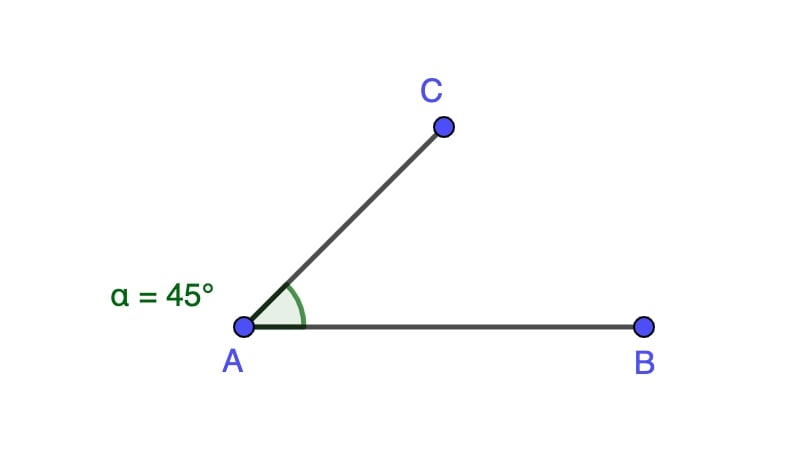
An acute angle is smaller than 90 degrees. It’s a sharp angle, often found in various geometric figures and everyday objects.
Obtuse Angle
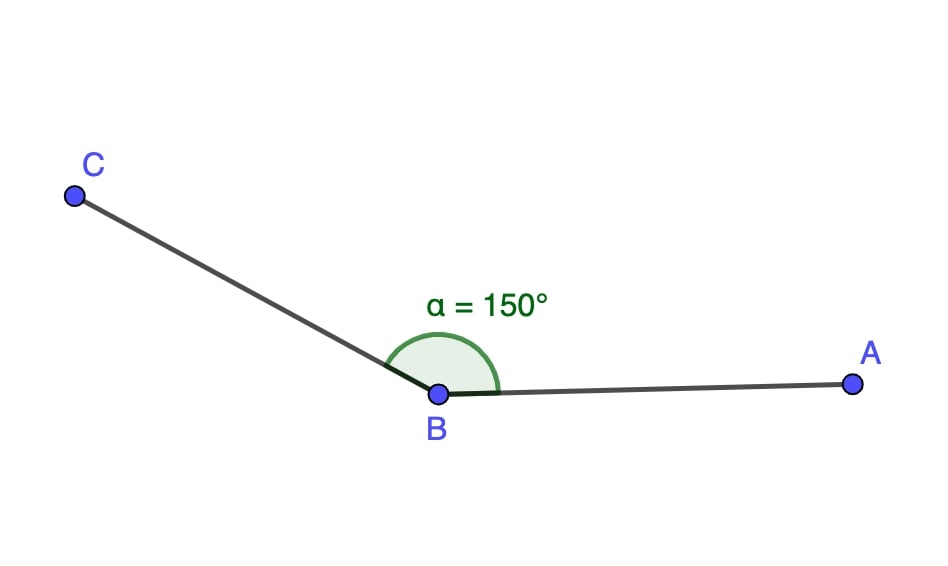
An obtuse angle is larger than 90 degrees but less than 180 degrees. It appears more spread out than an acute angle and is commonly seen in real-world structures.
Right Angle
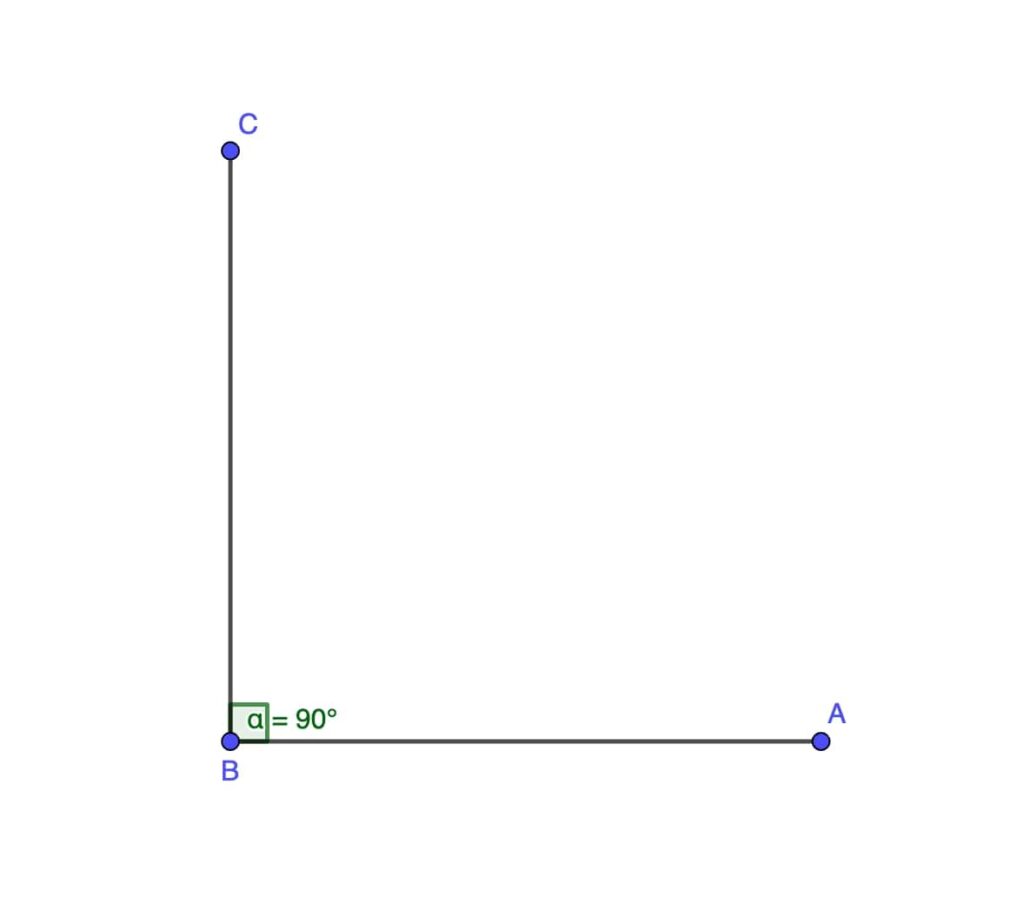
A right angle is exactly 90 degrees and is one of the most familiar types of angles, often associated with the corners of squares and rectangles. Right angles are also fundamental in the Pythagorean theorem, which is essential for calculating distances in right-angled triangles.
Straight Angle

A straight angle is 180 degrees and looks like a straight line. This type of angle represents a half turn and is pivotal in geometry.
Reflex Angle

A reflex angle is more than 180 degrees but less than 360 degrees. It’s larger than a straight angle and is less commonly encountered in everyday geometry.
Full Rotation

A full rotation angle is exactly 360 degrees, representing a complete circle. It’s essential in understanding circular motion and geometry.
Angle Rules and Properties
Understanding the fundamental facts, rules, and properties of angles is essential for anyone studying geometry, especially at the GCSE level. Let’s explore some of these key concepts:
Fundamental Angle Facts and Rules
Complementary Angles
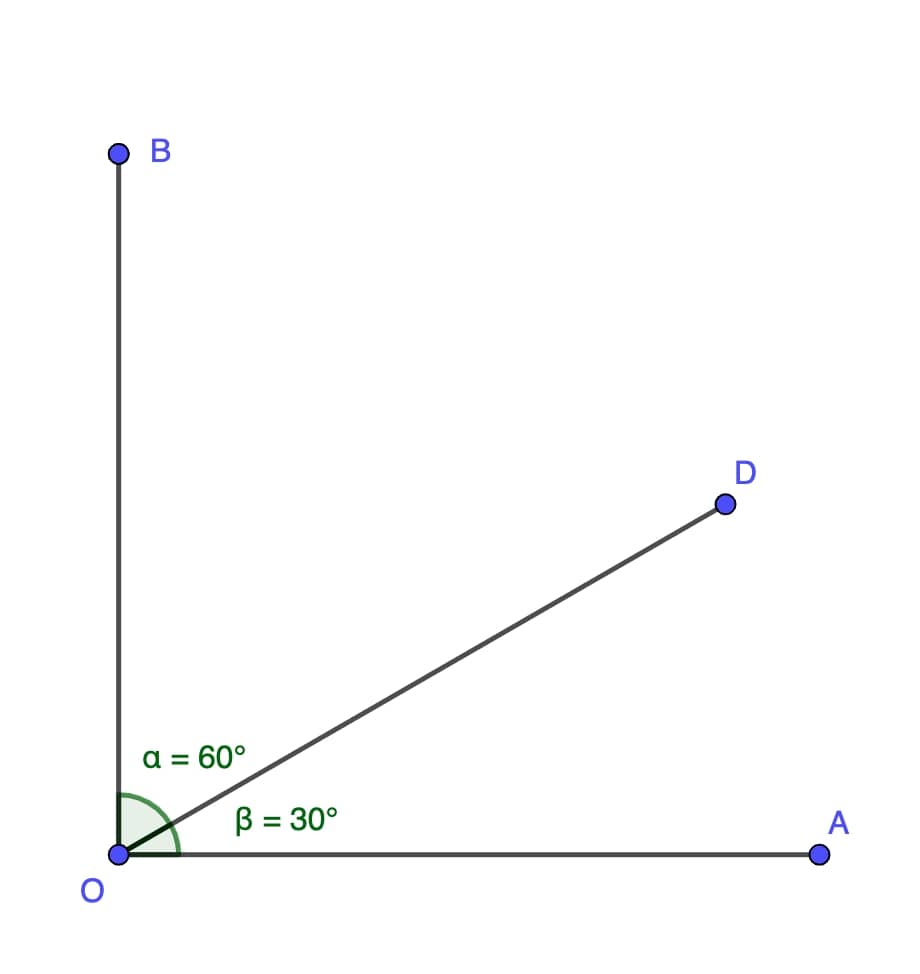
Two angles are complementary if their sum is 90 degrees. These often appear in various geometric shapes and real-world contexts.
Supplementary Angles
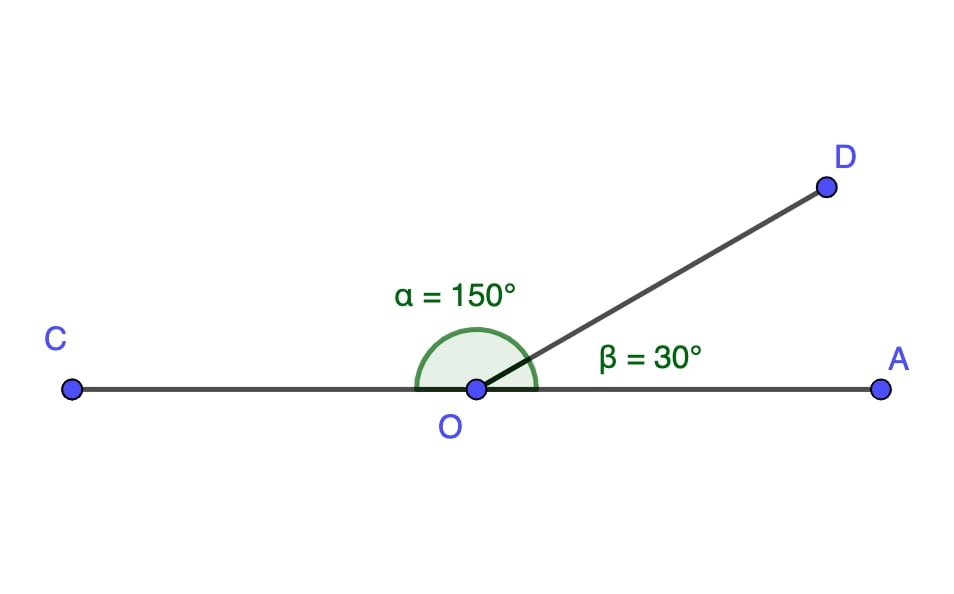
Two angles are supplementary when they add up to 180 degrees. They are frequently observed in geometric constructions and design.
Vertically Opposite Angles
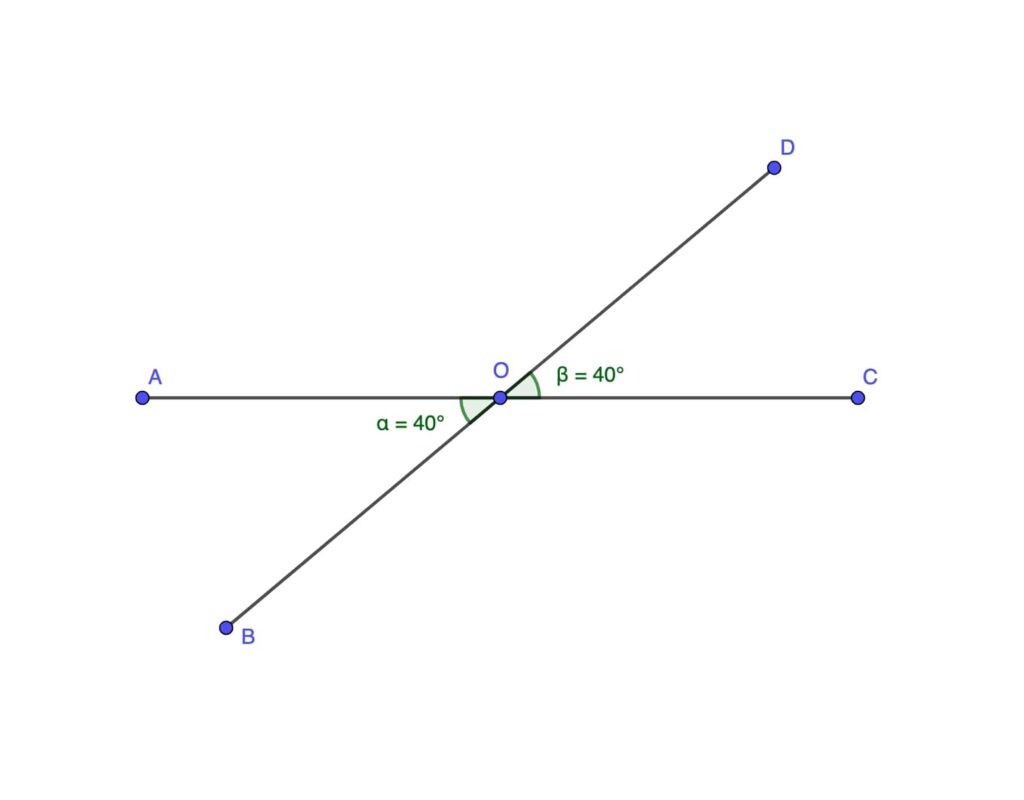
When two lines intersect, the opposite angles formed are equal. This rule is a cornerstone in geometry and is pivotal in many proofs and problems.
Properties of Angles
Angle Bisector
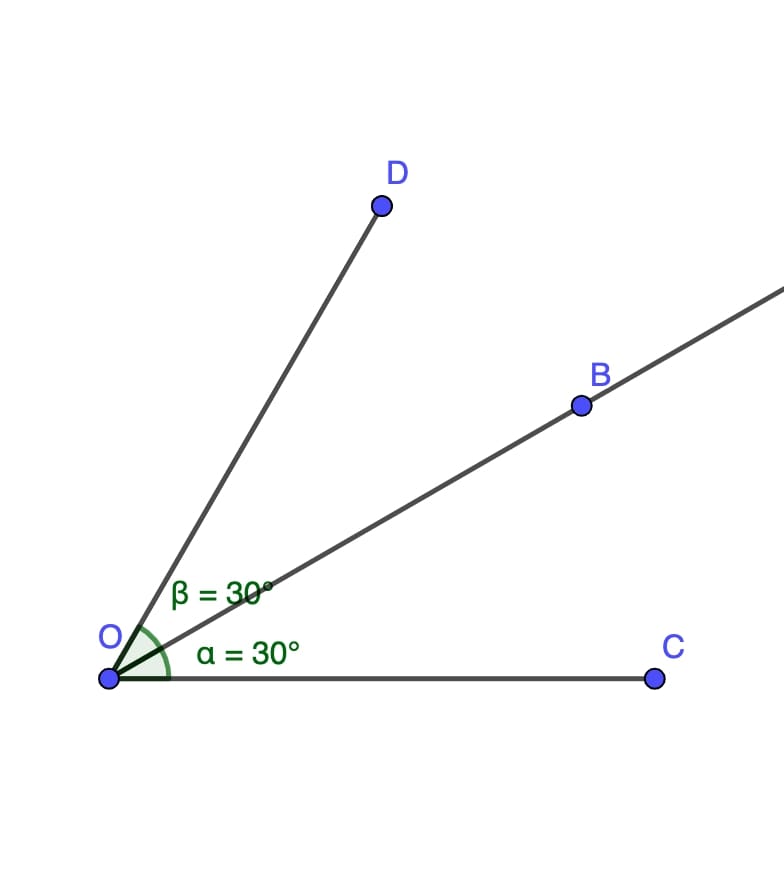
A line that divides an angle into two equal parts. It’s a common concept in both theoretical geometry and practical applications.
Adjacent Angles
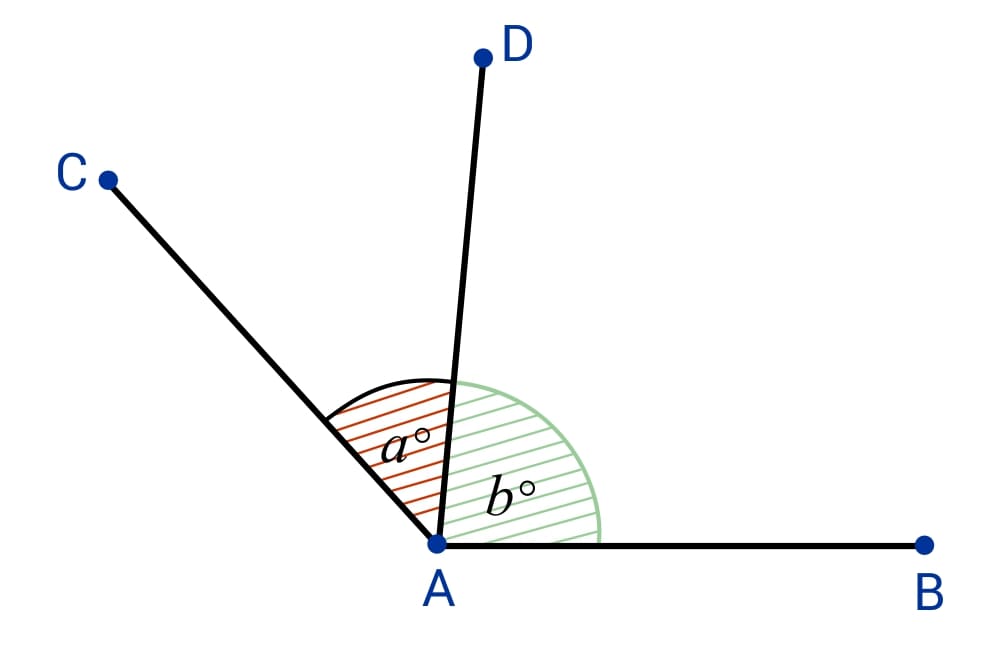
Angles that share a common side and vertex. Understanding their relationships is crucial in solving many geometric problems.
Linear Pair of Angles
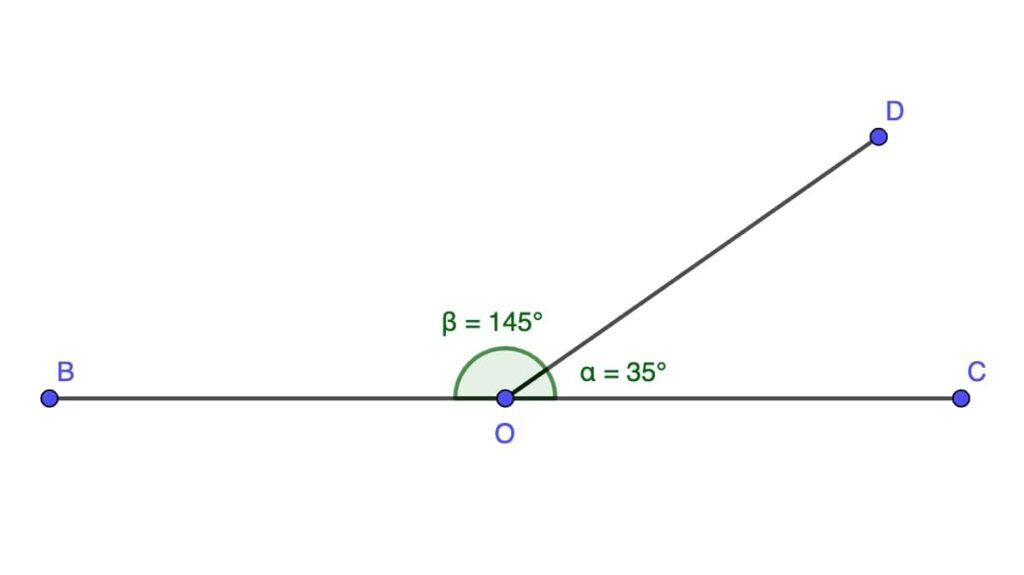
A pair of adjacent angles whose non-common sides form a straight line. The sum of these angles is always 180 degrees.
Angles in Polygons
Polygons, which are shapes with three or more straight sides, have intriguing angle properties. A deeper understanding of these angles is vital for mastering geometry, particularly in GCSE maths.
Understanding Interior and Exterior Angles in Polygons
Interior Angles

These are the angles found inside the polygon. For any polygon, the sum of the interior angles can be determined by the maths formula (n-2) × 180°, where ‘n’ is the number of sides. This formula is pivotal in solving many geometric problems involving polygons.
- In a triangle, the sum of the interior angles is always 180 degrees, a key fact in triangle geometry.
- For quadrilaterals, the sum of the interior angles is 360 degrees, reflecting their four-sided nature.
- In regular polygons, where all sides and angles are equal, you can find each interior angle by dividing the sum of the interior angles by the number of angles, which provides a straightforward way to calculate individual angles.
- For irregular polygons, where sides and angles are not equal, the sum of interior angles still follows the general formula, but calculating individual angles may require additional geometric principles or information.
Tag:Course


